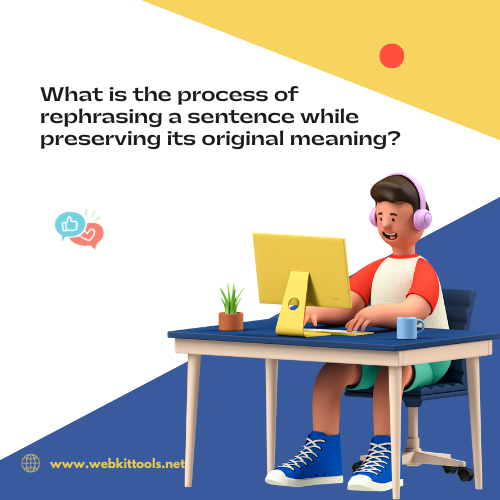Javascript Obfuscator
JavaScript Obfuscator Tool
Javascript Obfuscator
Discover the immense potential of Javascript Obfuscator in securing your code while enhancing performance. Dive into a comprehensive guide covering everything from its fundamentals to advanced techniques.
Enter Javascript Obfuscator, a powerful tool designed to protect JavaScript code by making it unintelligible to human readers while retaining its functionality. This article delves into the world of Javascript Obfuscator, exploring its significance, implementation, and benefits.
Understanding Javascript Obfuscator
JavaScript Obfuscation transforms source code into a difficult-to-understand form to prevent reverse engineering and unauthorized modifications. It involves techniques such as renaming variables, obscuring control flow, and removing whitespace and comments.
Importance of Code Protection
Protecting JavaScript code is vital for maintaining the integrity and security of web applications. By obfuscating code, developers can deter malicious actors from tampering with or stealing sensitive algorithms, APIs, or intellectual property.
Enhancing Security with Obfuscation
Obfuscation strengthens applications' security posture by introducing complexity and ambiguity into the codebase. This discourages attackers from deciphering the logic or extracting valuable information, mitigating the risk of vulnerabilities and data breaches.
Improving Performance
Contrary to common misconceptions, obfuscated code can improve performance by reducing file size and optimizing execution speed. Minification techniques, such as removing unnecessary characters and shortening variable names, contribute to faster loading times and enhanced user experience.
Obfuscation vs. Encryption
While obfuscation obscures code readability, encryption encodes data to render it unreadable without the decryption key. While both techniques serve distinct purposes, obfuscation is more suitable for protecting client-side JavaScript code from prying eyes.
Implementing Javascript Obfuscator
Integrating Javascript Obfuscator into your development workflow is straightforward and immensely beneficial for code security. Below are essential steps to implement this technique effectively:
Choosing the Right Obfuscation Tool
Selecting a reliable obfuscation tool is crucial for achieving optimal results. When evaluating different solutions, consider factors such as compatibility, customization options, and community support.
Customizing Obfuscation Settings
Fine-tuning obfuscation settings allows developers to balance code protection with maintainability and performance. Adjust parameters such as renaming rules, string encoding, and exclusion patterns to meet specific project requirements.
Integrating with Build Processes
Incorporate obfuscation seamlessly into your build process to automate code protection and ensure consistent application of security measures across development environments. Tools like Webpack and Gulp offer plugins for effortless integration.
Testing and Validation
Thoroughly test obfuscated code to verify functionality and identify compatibility issues or unintended consequences. Utilize debugging tools and code analysis techniques to validate the integrity of the obfuscated codebase.
Advanced Techniques and Best Practices
Dead Code Injection
Introducing dummy code segments or dead ends into the obfuscated script confounds reverse engineers and complicates attempts to understand the underlying logic.
Control Flow Obfuscation
Manipulating control flow structures, such as loops and conditionals, adds another layer of complexity to the code, making it harder to follow and analyze.
String Encryption
Encrypting string literals within the code prevents attackers from extracting sensitive information directly from the source, enhancing overall security.
How does Javascript Obfuscator protect code?
Javascript Obfuscator protects code by transforming it into a convoluted form that is challenging to decipher, thus thwarting reverse engineering attempts.
Is obfuscated code still readable by browsers?
Yes, browsers keep obfuscated code executable as the transformation process preserves functionality while obfuscating readability.
Can obfuscation affect code performance?
While obfuscation may marginally impact performance due to increased processing overhead, the benefits of enhanced security outweigh any negligible drawbacks.
Is Javascript Obfuscator suitable for all types of projects?
Javascript Obfuscator is ideal for web applications and client-side scripts where code confidentiality and integrity are paramount.
How frequently should obfuscation be performed?
Obfuscation should be performed during the code's significant updates or before deployment to ensure ongoing protection against threats.
Are there any legal considerations associated with obfuscation?
While obfuscation is legitimate for protecting intellectual property, developers should adhere to applicable laws and licensing agreements when obfuscating third-party code.
Conclusion
In conclusion, Javascript Obfuscator emerges as a powerful ally in the battle against code vulnerabilities and intellectual property theft. By implementing robust obfuscation techniques, developers can safeguard their creations while optimizing performance and enhancing user trust. Embrace the transformative potential of Javascript Obfuscator and fortify your code against evolving threats.














